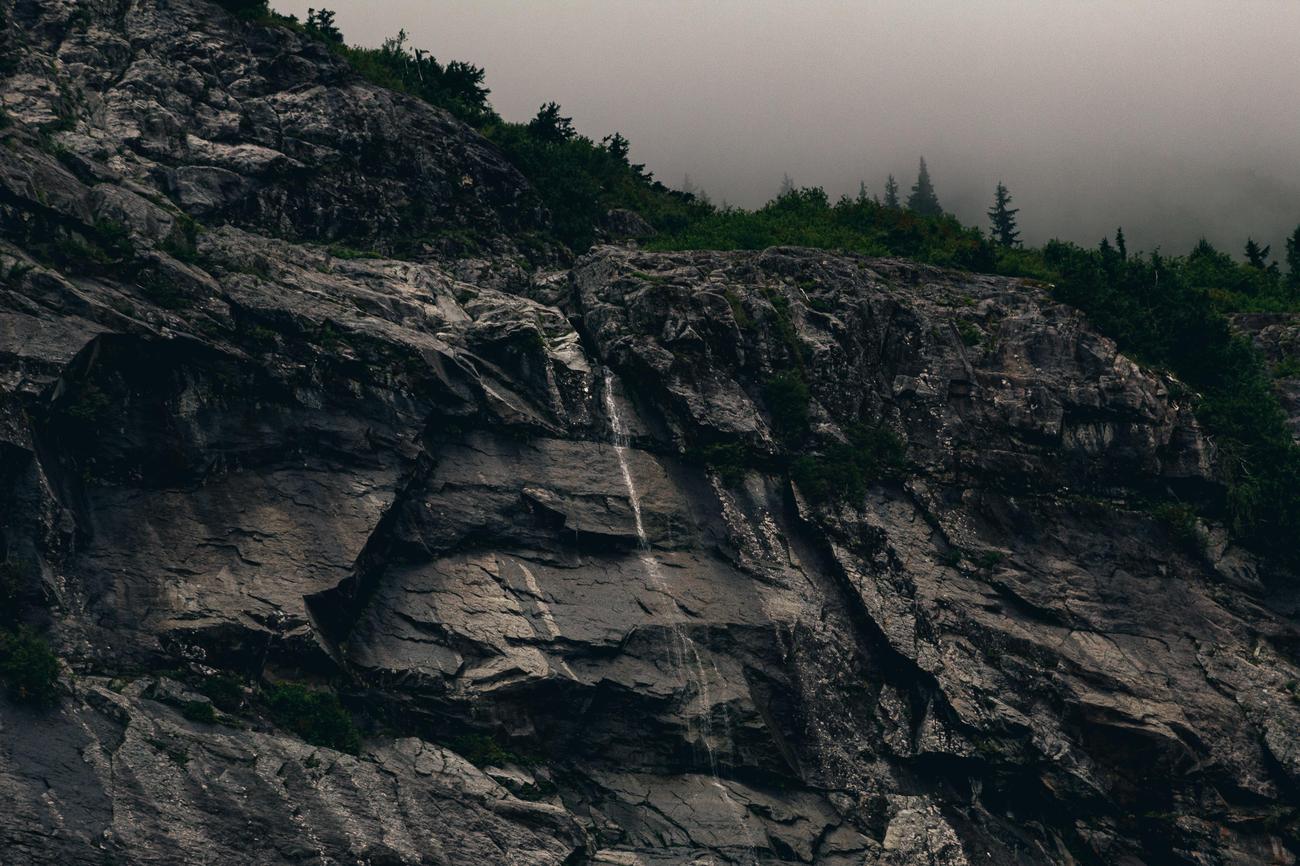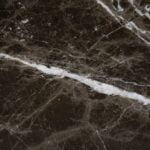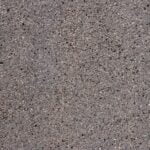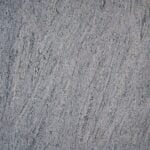Are you ready to explore the hidden secrets that lie within the world of granite? Prepare to be amazed as we dive into the realm of this mesmerizing stone, uncovering its surprising properties that extend far beyond what meets the eye. In this article, we will venture beyond the conventional perception of granite, delving into its unexpected characteristics and awe-inspiring uses. As a seasoned geologist with a passion for natural materials, I am thrilled to share with you the intriguing world of granite and the untold stories it holds. Get ready to be captivated by the untapped potential of this remarkable stone.
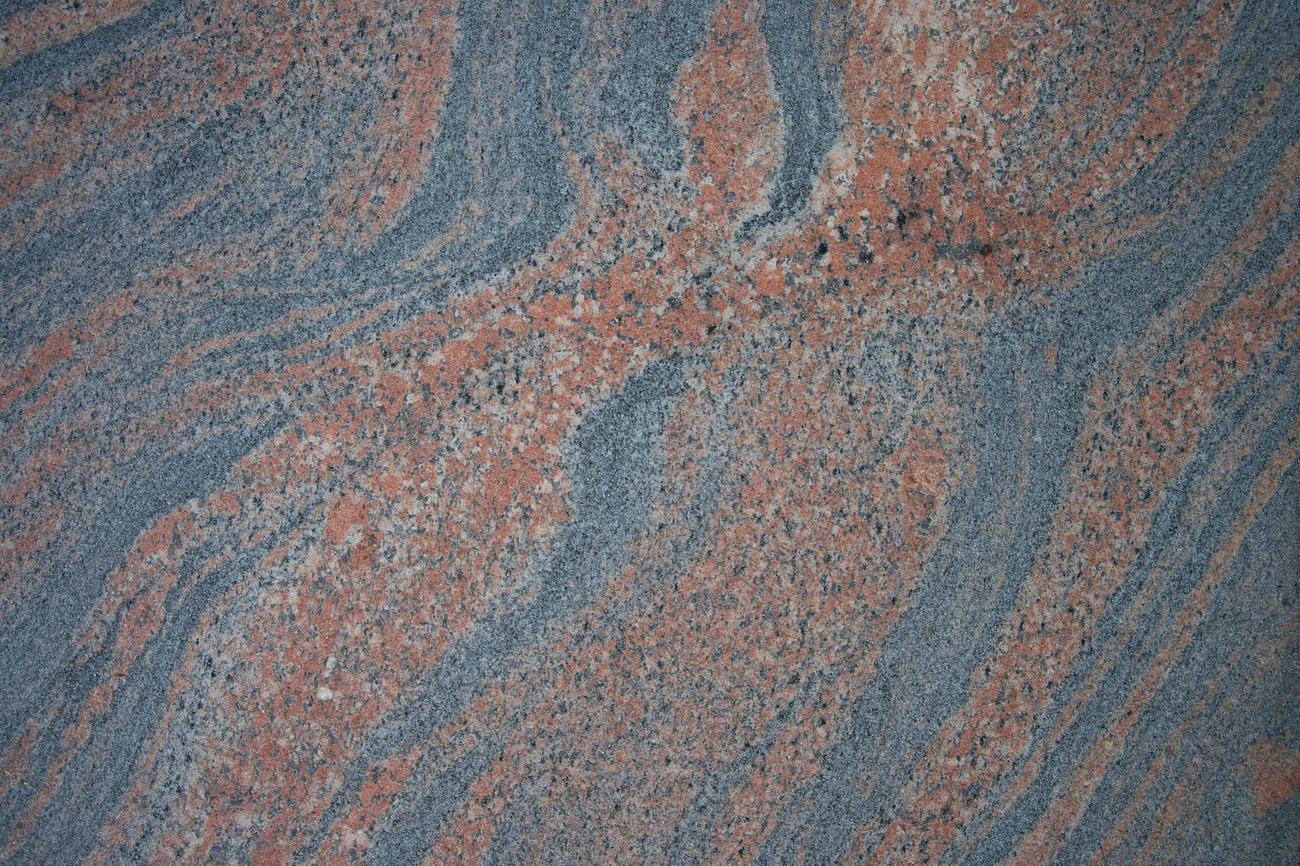
Unexpected Properties of Granite
Granite, the quintessential rock found in nature, has long captured human fascination with its beauty and strength. But beyond its conventional perception as a construction material, granite holds surprising properties that extend far beyond its outward appearance. As a seasoned geologist with expertise in granite, I am excited to delve into the intriguing world of this remarkable stone and shed light on its unexpected facets.
Physical and Chemical Marvels
Let’s start by delving into the physical and chemical wonders of granite. Composed of minerals such as feldspar, quartz, and mica, granite boasts a captivating array of colors. From serene whites to majestic blues and vibrant reds, its vast palette is a result of different mineral compositions and fascinating impurities. These variations make each piece of granite a unique work of art, imparting a touch of exclusivity to any space it adorns.
To truly appreciate granite’s unexpected properties, we must explore its texture and grain size. These factors play a significant role in determining not only its appearance but also its durability. The texture of granite can range from coarse to fine, with variations in grain size impacting its strength and resilience. This versatility makes granite a reliable choice for countless construction applications.
Fun Fact: Did you know that the thermal stress between minerals in granite can result in crack formation within the rock? This fracture mechanics behavior under high-temperature conditions offers a fascinating realm to explore within the field of geology.
Journey through Time
Delving deeper into the world of granite, we encounter its mesmerizing formation process. Picture a volcanic eruption, with magma spewing forth, only to slowly solidify underground through oxidation. This gradual transformation gives rise to the formidable granite we know today. But let’s not rush; the process of granite formation is a testament to the enduring nature of time.
Key Point: Granite’s creation demonstrates the intricate dance between the primal forces of nature and the metamorphosis of molten rock into the everlasting beauty we now marvel at.
Unveiling Granite’s Uses
While granite’s physical properties have made it a go-to material in construction, its uses extend beyond countertops and flooring. The strength, hardness, and resistance that granite offers are sought after qualities in a multitude of applications. This versatile stone can be found in bridges, monuments, and even as raw material for gemstones. In fact, my passion for geology led me to uncover hidden gemstones within granite, a discovery that further highlights the unexpected treasures this stone conceals.
But as we explore the world of granite, we must not overlook its interaction with the environment. Granite landscapes, found worldwide, serve as living testaments to the stone’s evolution and enduring presence. By studying these landscapes and their weathering patterns, we gain valuable insights into the properties of granite and its response to external forces.
Quote: Just like the granite landscapes that defy time, our understanding of granite continues to evolve, unveiling new surprising properties at every turn.
Challenging Conventional Perceptions
Finally, it is essential to challenge conventional perceptions and embrace the unexpected attributes of granite. While granite is susceptible to weathering like any other rock, its response to external forces can be unpredictable. The effects of weathering on granite surfaces can create a diverse range of textures and patterns, enhancing its visual appeal and even inspiring artistic interpretations.
Let’s ponder: Who would have thought that weathering, a seemingly destructive force, could contribute to the allure of granite, transforming it into a picturesque canvas?
Unveiling Granite’s Surprising Properties
In conclusion, granite’s unexpected properties stretch far beyond its traditional use in construction. From its mesmerizing array of colors to its versatile texture and grain size, granite captivates with its aesthetic appeal and durability. Its formation process, a testament to the passage of time, only adds to its mystique. By exploring the varied uses of granite and studying its interaction with the environment, we unveil a realm of surprising properties that challenge conventional perceptions.
So, let us embark on this journey together, as we delve into the depths of geology, venturing beyond the surface of granite to uncover its hidden gems.
Granite is a truly fascinating natural stone with a myriad of unique attributes. If you’re curious to discover the extraordinary qualities that differentiate granite from other materials, look no further. Dive deep into the world of this captivating stone and uncover the Unusual Qualities Of Granite by clicking here. Prepare to be amazed as you explore the remarkable characteristics that set granite apart and make it a top choice for countertops, flooring, and other interior design applications. Don’t miss out on this opportunity to delve into the extraordinary world of granite!
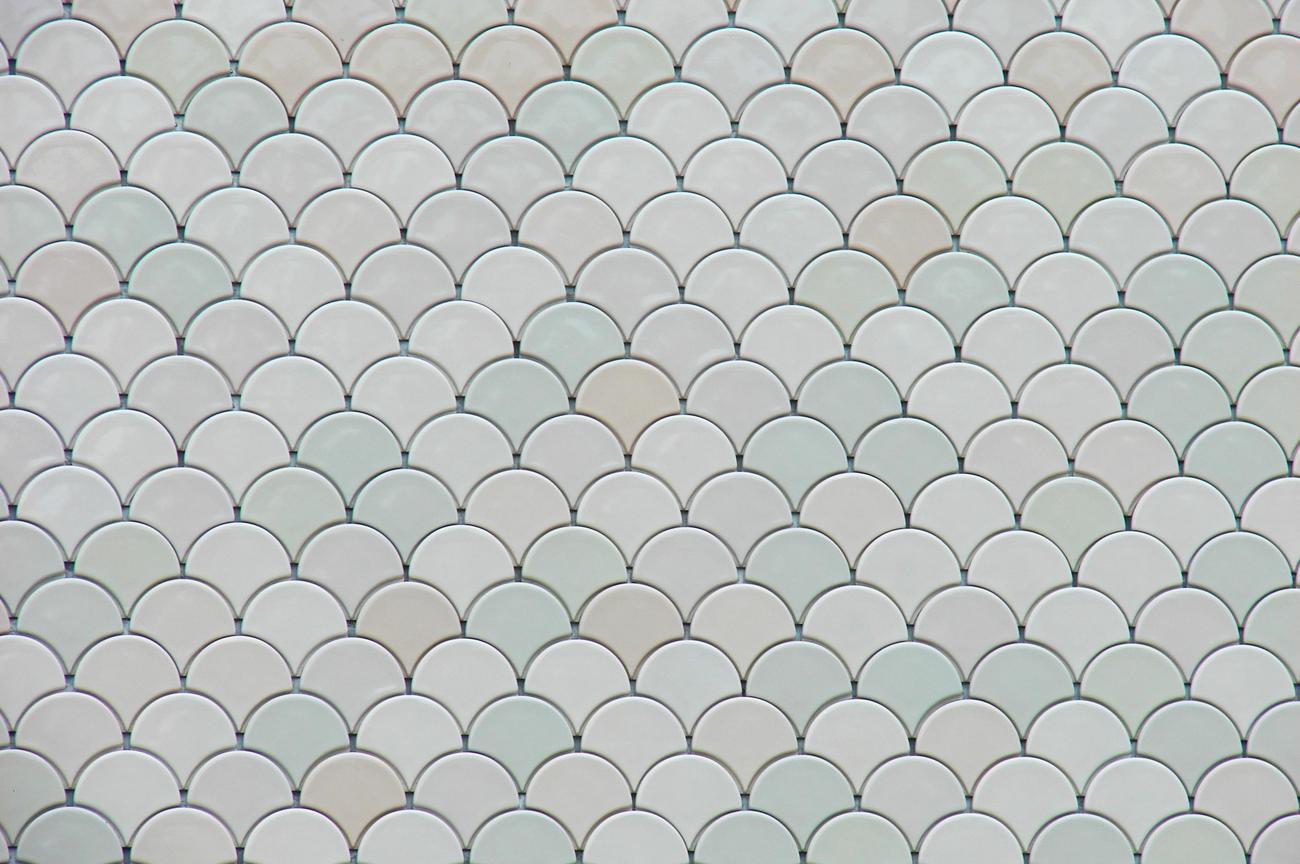
FAQ
Question 1: What are the unexpected properties of granite?
Answer: Granite has several unexpected properties that go beyond its conventional perception. Some of these properties include its ability to conduct heat, its natural resistance to bacteria and staining, and its unique patterns and colors.
Question 2: How does the mineral composition of granite affect its properties?
Answer: The mineral composition of granite can vary, and this variation can impact its properties. For example, granite with a higher quartz content tends to be more resistant to scratches and stains, while granite with a higher feldspar content may have a more distinct grain structure.
Question 3: Can granite be used for purposes other than construction?
Answer: Yes, granite has surprising uses beyond construction. It can be polished and used as a decorative stone in interior design, such as countertops, fireplace surrounds, and sculptures. Additionally, certain types of granite can be used in the production of jewelry or as gemstones.
Question 4: How does weathering affect the appearance and durability of granite?
Answer: Granite is susceptible to weathering, which can impact its appearance and durability. Weathering can cause surface discoloration, erosion of the rock’s surface, and the formation of cracks or fissures. However, the extent of weathering depends on the specific environmental conditions and the type of granite.
Question 5: Are there any unique characteristics of granite landscapes?
Answer: Granite landscapes exhibit unique characteristics and weathering patterns that provide valuable insights into the properties of granite. These landscapes can include features such as tors, domes, and boulders, which are formed through the erosion and weathering of granite over millions of years.
- Unlocking TEA Words: Comprehensive Analysis & Lexical Insights - April 29, 2025
- Unlock Sustainable Farming:Achievable Crop Yields Now - April 29, 2025
- Unlock Your Potential: Words With Inspiration for Lasting Success - April 28, 2025
